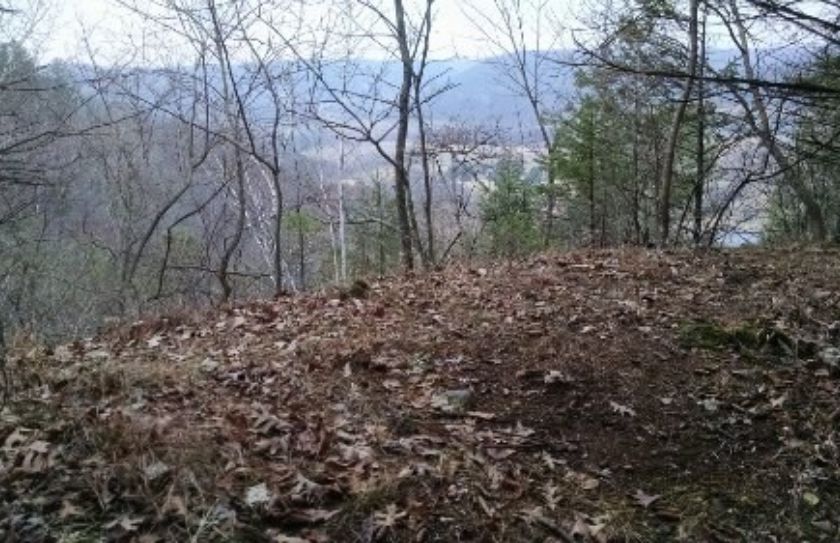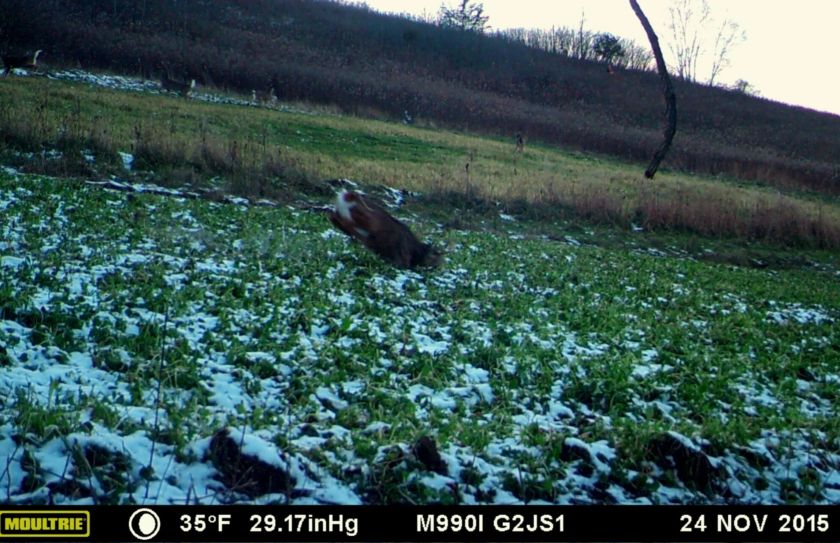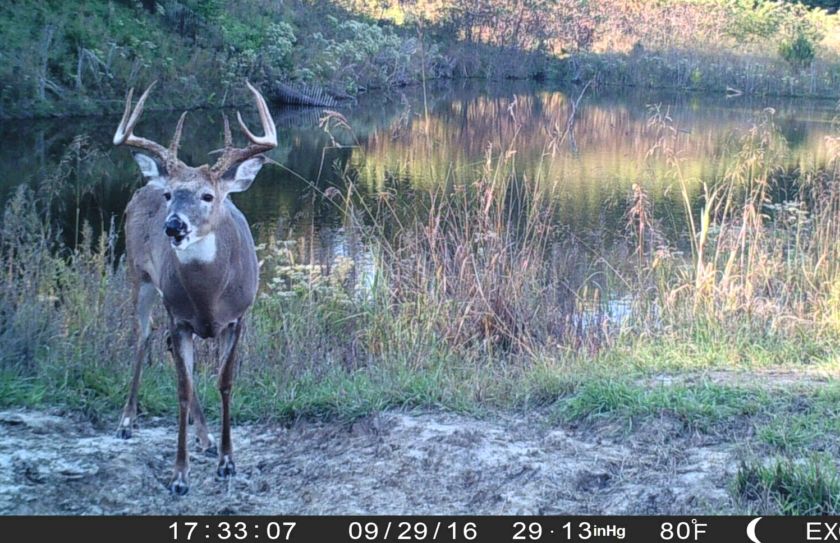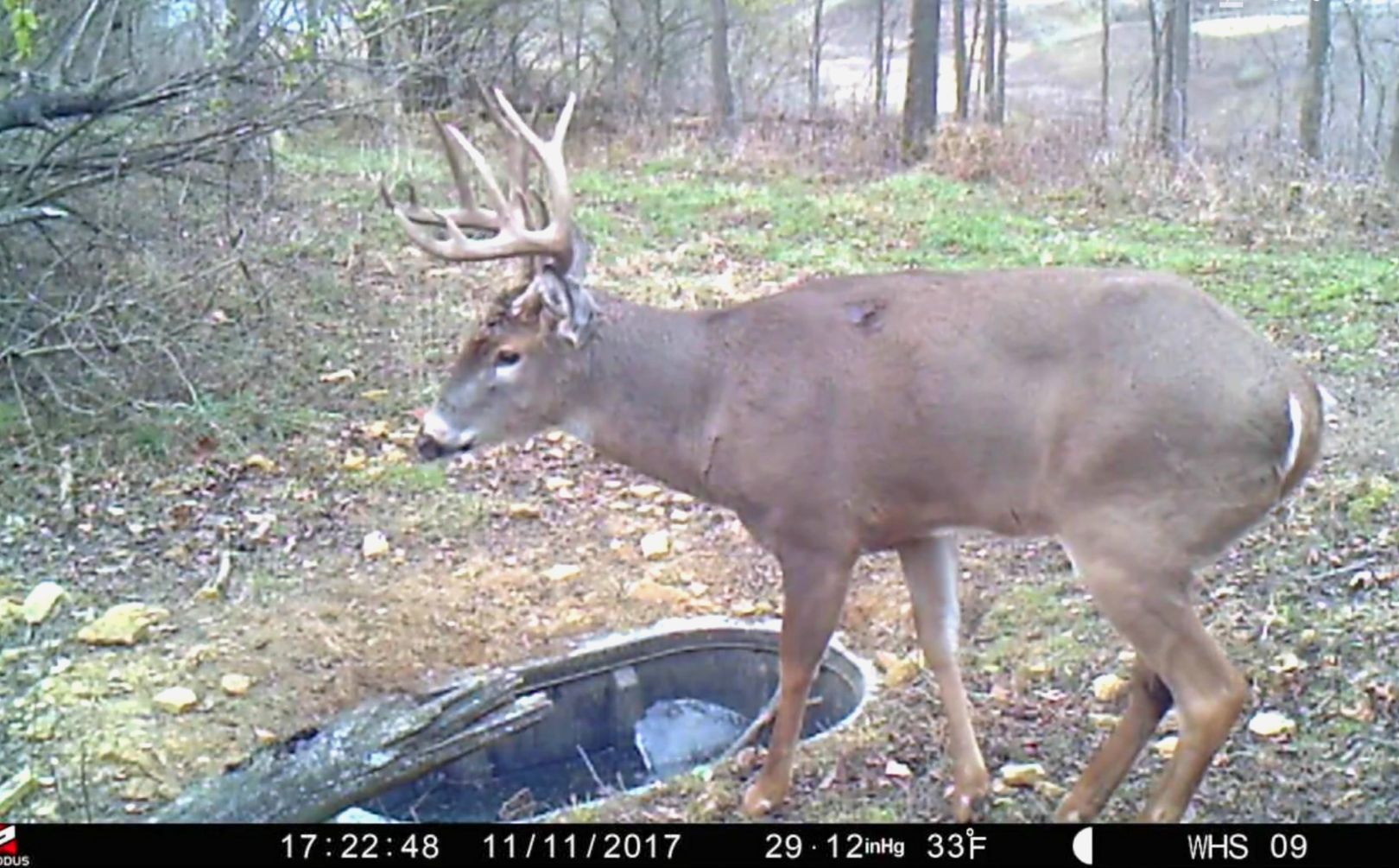
While a food plot is likely the most powerful whitetail habitat improvement on the planet, these 5 off-season improvements are pretty darn good too! Waterholes, deer bedding areas, bowhunting travel corridors, mock scrapes and wildlife switchgrass plantings can be awesome additions to your favorite whitetail habitat. To be a top level habitat improvement an improvement needs to accomplish 2 things:
1. Offer a High Level of Potential Habitat Attraction
2. Address a Whitetail Need
There can be a healthy debate about what is more important between either food or cover, but they are both equally critical. Cover holds deer during the daytime hours and food directs movement every afternoon for a deer's most important important feeding of the day, out of 5. Debating which is more important is akin to the age old discussion of "which came first, the chicken or the egg". While most whitetail parcels already have some form of cover -or can add cover quickly- a food plot for whitetails likely carries the single greatest ability to offer whitetails the most attractive form of daily habitat need. Outside of an exceptional whitetail food plot, the skies the limit for possibilities when it comes to the next best whitetail habitat improvements that you can offer.
*3 out of 5 of my favorite habitat improvements accomplish the most important form of deer bedding cover: Side Cover.
5 High Impact Whitetail Habitat Improvements
The best part about each of these 5 habitat improvements, is that they can be used to strengthen the line of movement from daytime bedding areas to afternoon food sources. A strong afternoon food source movements equals a much greater opportunity for you to not only experience a hunting season of your dreams, but to attract, hold, mold, create and experience the best deer herd in the neighborhood! After a high quality food plot, here are my next 5 favorite improvements that you can make in the off-season, in order of the timing of when to actually create them:
1. Hinge Cut Bedding Areas
The first thing I like to do in a potential deer bedding area, is to knock down some mature, poor timber trees! By reducing canopy, adding logs on the ground and creating the opportunity for potential regeneration to establish both side cover and food, a bedding area can quickly be created. Trees of 5-6" in diameter or less can be then Hinge Cut at waist level to create needed side at deer level, along with head-level browse. January thru March is a great time to begin!.
2. Chainsaw Deer Travel Corridors
After your bedding areas are created, there is no better way to connect them past your treestands and eventually to a distant food source, then with a chainsawed Deer Travel Corridor! By hinging trees outward and perpendicular to the intended line of deer travel, you can form the basics of a great place for deer to travel from food to cover. January thru March is great time to begin.

*I invite you to check out my highly reviewed,herd and huntingWhitetail Strategy Seriesof books.
3. Whitetail Waterholes
If your the deer bedding areas are dry on your land, in particular within the bedding area and between the bedding area and an afternoon food source, then a Whitetail Waterhole is most like not only appropriate, but very powerful! However, don't forget about the #1 waterhole rule: Always place a waterhole within range of a bow stand and preferably on the way to an afternoon food source, and not on the food source itself. You should begin when the ground is thawed and you are able to begin digging, thru August.
4. Switchgrass Wildlife Plantings
If the perennial native grass that you are planting is laying flat during late Fall thru Spring, then it is not doing anything good for the local wildlife population, let alone the local deer herd. Switchgrass is the best native grass planting that I have experienced on the northern 15-18 states within the whitetail range, that will withstand an entire Winter. Simply put, no grass standing during the late Fall and Winter = no wildlife value. Switchgrass has the unique ability to stand up to the majority of the harshest Winters within the whitetail range. Frost seeding in February to Planting in May is a great time to begin your bedding cover fields of dreams.
5. Mock Scrapes
A grape vine is my favorite Mock Scrape Ingredient. By adding approximately 1-2 mock scrapes for every treestand location, you can effectively find the balance between a small high powered attraction, without adding so many per acre that you reduce the value of your efforts. A quality mock scrape helps to encourage and strengthen buck movement between bedding on food, to or from waterholes and of course, right by your treestand. June thru August is my #1 time to create a mock scrape.
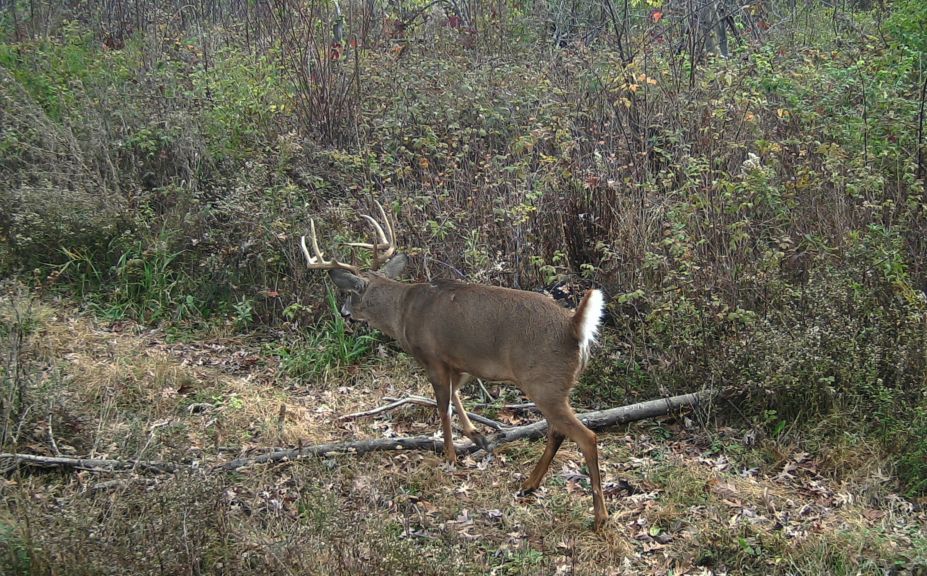
*A Chainsaw Travel Corridor is a great way to move a mature buck, within bowshot of your favorite treestand!
Conclusion
Which is most important, cover or food? As long as you own the afternoon food source movement in the neighborhood, between bedding and food, then there is no reason to discuss the matter any further. Instead, the a look at switchgrass, mock scrapes, bedding areas, travel corridors and mock scrapes, because outside of owning the daily deer movement, those 5 whitetail habitat improvements will not disappoint you!
